Let's speculate for a moment. What would happen if our sun suddenly went out for an hour, or a month, or let's say even for a whole year? What would happen to mankind? The very last photons from the surface of our star and the last particles that make up the solar wind have started their final flight towards the Earth. No one yet suspects that the heart of our solar system has stopped functioning.
8 to 9 minutes later in the sky suddenly turns black, darkness descends upon the entire planet. No matter whether at the moment it's the deep dark of midnight or a bright sunny noontime at your location, you can quickly and easily see the difference. 
The stars are now all visible against the sheer black backdrop of the sky. The Moon is not visible at all since there is no longer any sunlight for the reflection. A moment before the onset of the all, in shrouding darkness bright northern lights may appear due to changes in the magnetic field around the earth and disturbances in the ionosphere. 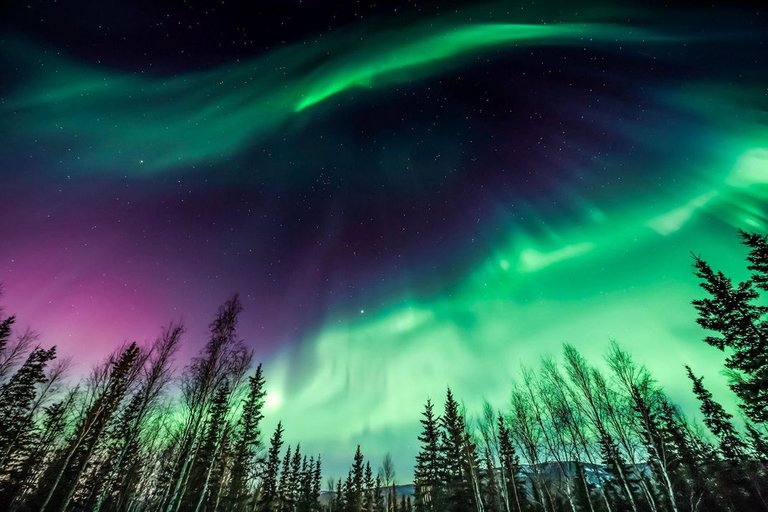
The most dreadful consequence of all is the complete and utter cessation of the process of photosynthesis, resulting in plants and cyanobacteria no longer producing oxygen. This will soon lead to, how shall we say, difficulties for every living being.
After an hour true Panic Reigns over the heretofore daytime side of the earth. Power and communication outages propagate across the entire planet. Temperatures everywhere drop by several degrees and the Earth's surface begins to slowly cool. But from the inside, the planet is still heated by its molten core. 
24 hours in, dawn has not and will not arrive. Panic and Chaos are enveloping the entire world. State authorities have almost zero control over the situation. 
Humankind is trying to figure out what the hell happened. While coping with massive power and water supply outages, the temperature on the surface balls to between 5 to 7 degrees Celsius; that's about 41 to 45 Fahrenheit and has now decreased by about 15 to 20 degrees Celsius(that's a drop of about 30 degrees Fahrenheit). Some species of plants and microorganisms begin to die. The inhabitants of the oceans, for the time being, feel almost no changes. 
After seven days it's still dark. The average temperature on Earth is now minus 17 degrees Celsius, that's about one degree Fahrenheit. In areas where there are tectonic faults, it's still warm. Thanks to geothermal energy not letting these surface freeze over. Most plants have already died due to cold or lack of light. Herbivorous and heat-loving animals also begin to die. In the oceans, phytoplankton begins to die as well. The inhabitants of shallow waters suffered tremendously from the cold and the surface of the ocean is beginning to turn to ice. 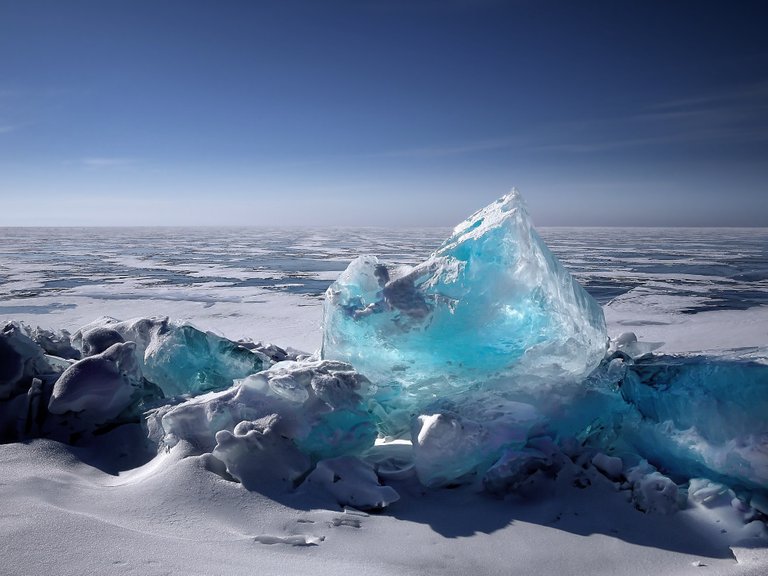
By now scientists and other individuals have realized what has happened and rushed to organize and equip shelters.
One month in, and the Earth is continuing to cool. The average temperature on the surface is now about minus 30 degrees Celsius, that's minus 22 degrees Fahrenheit and almost the entire planet is now coated with ice.
Virtually all plants and cyanobacteria have perished. Some species of trees, especially conifers are still alive, but with the lack of sunlight, even they are not producing oxygen. Most of the Earth's living things have died, but some bacteria still carry on with their normal life activity. Most of the remaining life on Earth is now found only near geothermal springs and underwater. Interestingly, the layer of ice on the surface of the oceans slows down their cooling and in the areas of oceanic tectonic faults and geothermal sources.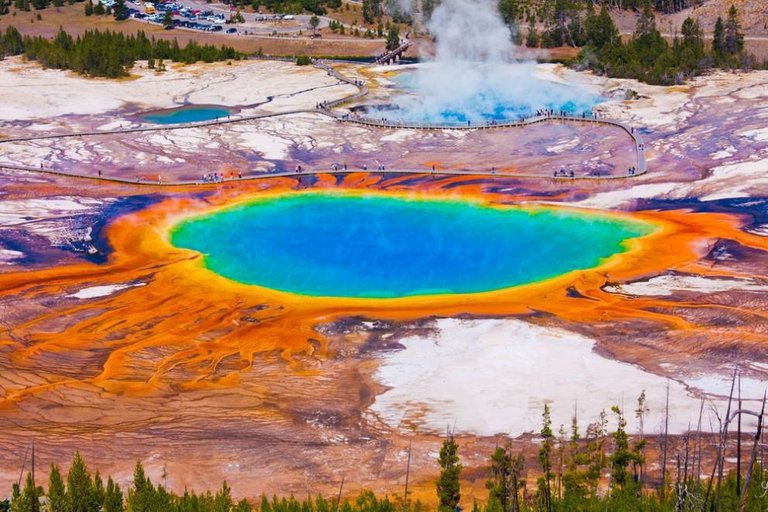
The water is still warm being naturally heated, but even in the ocean, the drama of a mass extinction event begins to unfold.
One year in and the surface of the Earth and the oceans are covered with a thick layer of ice. According to Professor David Stevenson at Caltech, the temperature on the surface of the Earth should drop to about minus 40 degrees Celsius and that's the same in Fahrenheit. Life is presented now only deep in the earth's oceans and perhaps some groups of humans might be able to survive on the surface of the planet in places like Iceland and other areas with large amounts of geothermal activity. 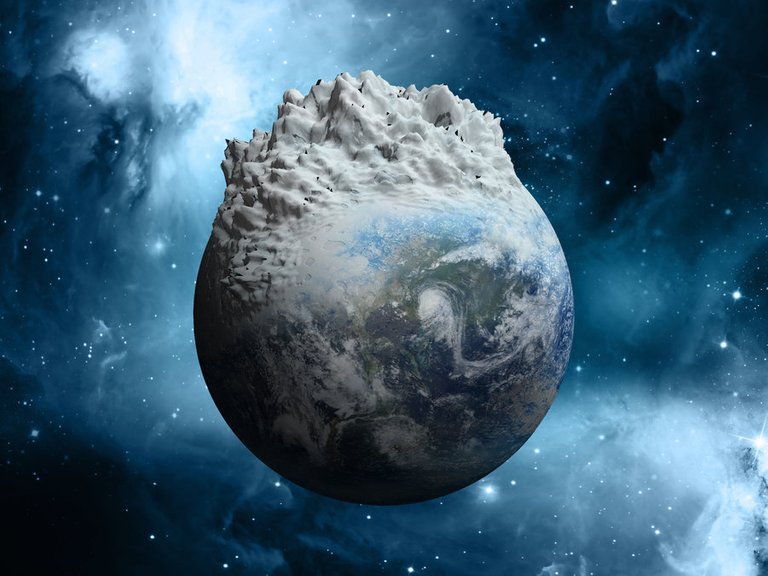
Professor Stevenson believes that the Earth will continue to cool for another several thousand years until the surface temperature reaches approximately minus 160 degrees Celsius; that's about - 256 degrees Fahrenheit. At that point life on the planet in the usual sense of the word will simply become impossible.
And let's not forget about the gravity of the sun. After all, it's unlikely that the sun could suddenly go out without losing its gravitational pull. If the sun ceases to hold the planets and other celestial bodies in their orbits, then the planets and asteroids will simply fly away into outer space. 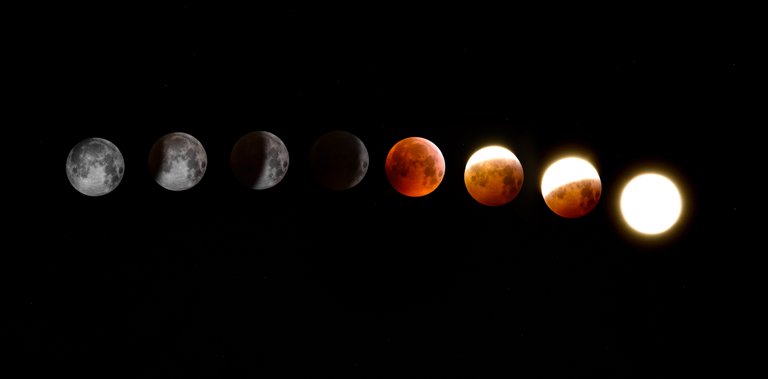
Some of them possibly even colliding with one another. The Earth for one will soar out into deep space where it could get bombarded with asteroids, comets, and radiation. Collide with another planet or even someday, and up in the gravity well of a black hole. 
There's also a very small possibility that after wandering through space for a very long time, the Earth would be able to integrate into another stellar system and find a new sun. In the end, however, it's important to realize that this scenario is just a fantasy or rather a thought experiment of sorts. As for the real future of our star in a couple of billion years, the sun will swell and turn into a red giant. Our star will swallow Mercury and Venus. Along with that, the Earth and Mars will become heated up to several thousand degrees. 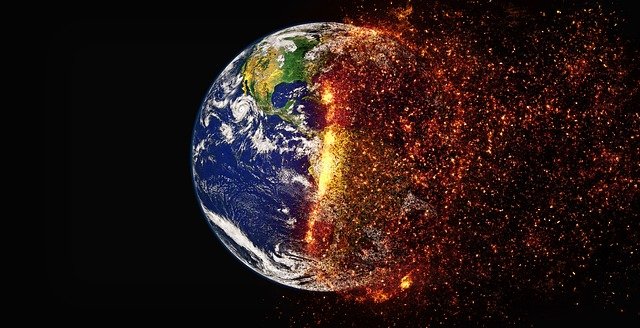
In 5 billion years the sun will explode and throw off his outer envelope leaving at the center of the solar system a gradually cooling stellar core, a white dwarf around which will orbit whatever remains of the solar system after the explosion. Concerning humankind, its fate remains unknown. 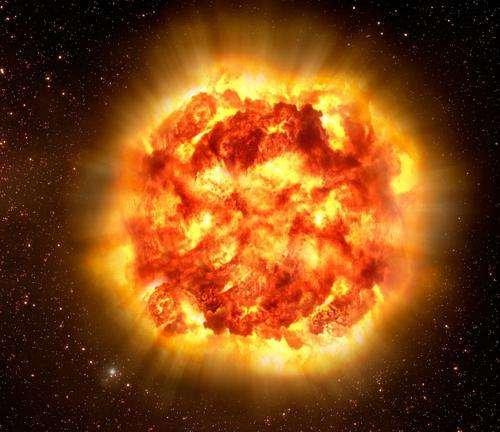
Hopefully, by that time, we'll be able to fly to other planets and star systems, but that is a story for another day.
Hi! I am a robot. I just upvoted you! I found similar content that readers might be interested in:
https://www.knowover.com/if-the-sun-goes-out-for-24-hours/